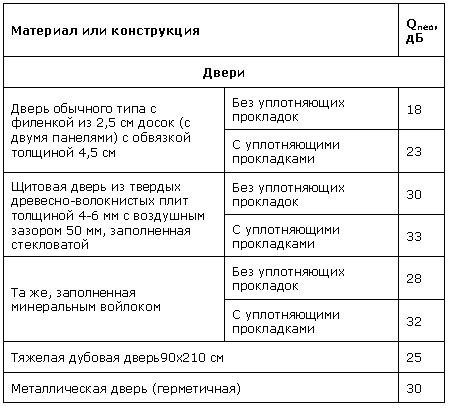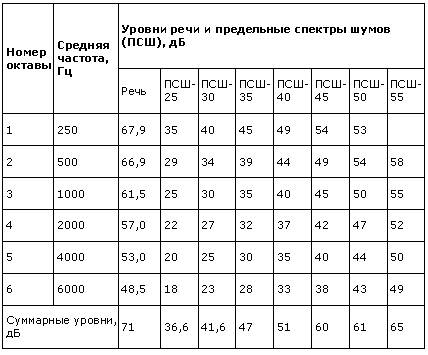| Protection of confidential speech information: the simplest methods
Protection of confidential speech information: the simplest methods Security Systems No. 6(54), 2003 The Decree of the Government of the Russian Federation of April 30, 2002 No. 290 «On licensing activities for the technical protection of confidential information» has finally moved the latter from the category of «preferred to be protected» to the category of «mandatory to be protected». However, there are still no scientifically substantiated criteria and standards for the protection of confidential information. Levels of information significance Information from the point of view of each of its owners can have several levels of significance, importance, value, which accordingly provides for the presence of several levels of its confidentiality (from the Latin confidentia — trust). We will consider the significance of confidential information in two levels: the first we will call «important» and designate «I», the second — «very important» and designate «VI». The presence of different levels of information confidentiality (I and VI) implies a different degree of ensuring each of the properties of information security: confidentiality, integrity and availability. Further we will talk only about different degrees of confidentiality. They can be: for VI-information — hiding the sign of message processing, and for H-information — hiding its meaning (content). In this case, hiding the meaning of the message means that the attacker can record the circulation of confidential messages (via electromagnetic, acoustic and other channels), but cannot make out their content in the noise (acoustic, electromagnetic, etc.). Hiding the message flag means that an attacker cannot detect the very fact of the circulation of confidential messages hidden in noise (but can assume with a certain probability). Criteria for protecting speech messages For quantitative assessment, it is necessary to develop a criterion establishing the relationship between the level of the signal emitted into space (electromagnetic or acoustic) and the noise level at the edge of the controlled zone. The criterion for assessing the safety of speech messages during their propagation through an acoustic channel can be the characteristic of speech intelligibility, determined by the ratio E6 = Вр— Вш, where Вр and Вш— respectively, the average spectral levels of speech and noise behind the enclosing structure. In order for speech to be unintelligible, the ratio E6 = -10 dB must be met in the spectral frequency band with a geometric mean of 1000 Hz. This can serve as a criterion for the safety of speech messages. The level at which the condition of impossibility of recognizing a speech feature is met is 3 dB lower than when recognizing its meaning, i.e. E6 = -13 dB. Based on these criteria, the author developed a simple method for assessing the security of confidential speech messages propagating through an acoustic channel. It is based on calculating the intelligibility in each octave band of the speech range, at which it will be impossible to determine the meaning of the message or its attribute. The procedures for assessing the security of confidential speech messages circulating in the protected premises have been developed for both homogeneous and non-homogeneous partitions (with a window or door). The case of using a homogeneous partition.The initial data for calculations are the characteristics of the material and the thickness of the enclosing structure (Table 1), on the basis of which the sound insulation coefficient in octave bands is determined. The noise level in the adjacent room is determined from the considerations that they should not exceed the levels of the maximum noise spectra (MSN) corresponding to sanitary standards (Table 2). Table 1. Soundproofing properties of some materials and structures
Table 2. Speech intensity levels in octave bands and some values of the limiting noise spectra
Note: The speech signal level (dB) behind a sound-insulating homogeneous partition is determined from the expression Вр2 = Вp1 — Qпер, where Вp2 is the speech signal level behind the sound-insulating partition; Bp1 is the speech signal level in the monitored room; Qпep is the sound-insulating capacity of the enclosing structure. Note that in octave bands with geometric mean frequencies below 1000 Hz, the sound insulation coefficient of enclosing structures is taken (for physical reasons) to be 6 dB lower, and in octave bands with geometric mean frequencies above 4000 Hz, the sound insulation coefficient of enclosing structures is taken to be 6 dB higher. The case of using a non-uniform partition When considering a wall with a window as an enclosing structure, the following parameters are taken into account: the number of panes, the thickness of the glass, the distance between the panes, the percentage ratio of the window area to the area of the enclosing structure, the thickness of the blind part of the enclosing structure and its material, the characteristics of the street (noise level) onto which the window faces. If walls with a door are considered as an enclosing structure, the following factors are taken into account:
The level of speech signal behind a non-uniform partition is determined in the same way as in the previous case, but the soundproofing capacity requires more complex calculations:
where Q1 is the soundproofing value of the blind part of the partition (excluding a window or door); Q0 is the soundproofing value of a door or window; S1 is the area of the blind part of the wall; S0 is the area of the door or window. Using the methodology for a variety of expert opinions, the author found a number of practical solutions to significantly increase the protection of confidential information. Thus, to improve soundproofing properties, the following is necessary:
The use of the developed method reduces the cost of work on determining the acoustic protection of premises by several dozen times, and this is especially important for small companies that understand the importance of protecting confidential information, but do not have the means to use expensive measuring equipment. |




